Author Bio: Years of experience in Java, front-end, and Python development, including work as a senior developer, project manager, and architect.
Main Content: Java project development, Python project development, university data and AI projects, microcontroller design projects, technical interview preparation, sharing of latest technologies.
Save & Like to stay engaged Follow the author for benefits
Get source code at the end
Project Number: BS-Python-063
I. Environment Introduction
Language environment: Python 3.8
Database: MySQL: mysql5.7
WEB framework: Django
Spider framework: Scrapy
Development tools: IDEA or PyCharm
Project acquisition address: Travel Scenic Spot Recommendation System
Direct access address:
|
1 |
https://gf.bilibili.com/item/detail/1105853061 |
II. Project Overview
Based on the study of travel scenic spot recommendation content, a travel scenic spot recommendation system is designed and implemented. The main functions that the system can achieve should include operations on scenic spot information and park tickets. It should also be able to correctly serve users and accurately display current information.
In the early stage of the travel scenic spot recommendation system, i.e., during the requirements analysis phase, we provided a detailed description of the requirements for travel scenic spot recommendations. These are elaborately described and explained in the requirements specification. Based on the analysis of system requirements, an overall design of the management of travel scenic spot recommendations was carried out. A detailed analysis of software module design was emphasized to meet system requirements. This section focuses on explaining system division, interface determination, data transmission between modules, as well as data structure and module structure design. In the detailed design below, this stage of the system will be described in detail.
Admin Use Case:
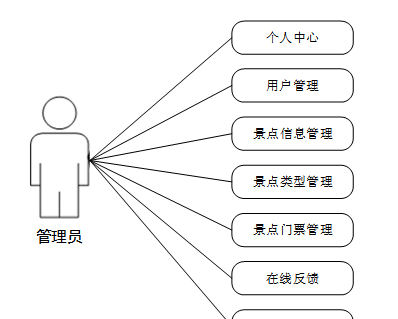
User Use Case:
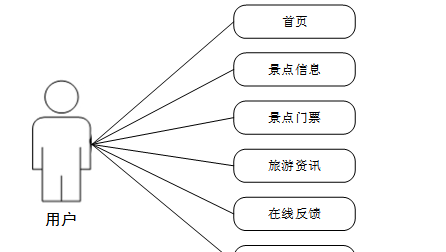
System Function Architecture Diagram:
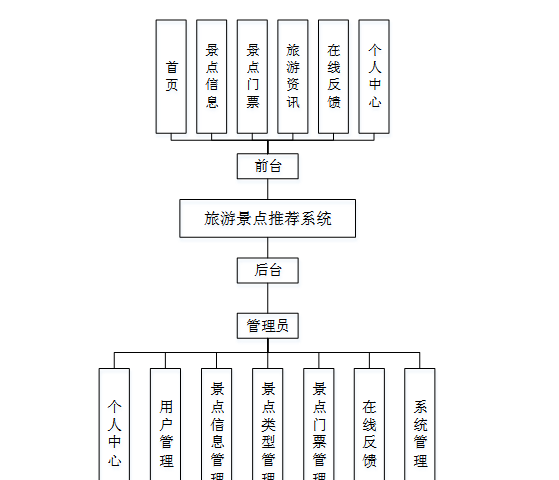
III. System Demonstration
Front-end Page Implementation
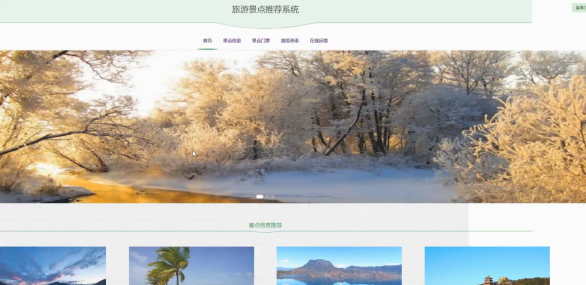
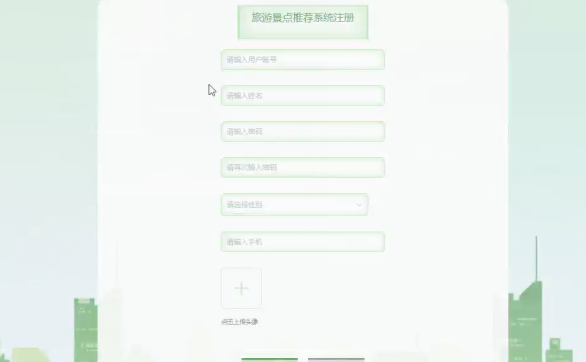
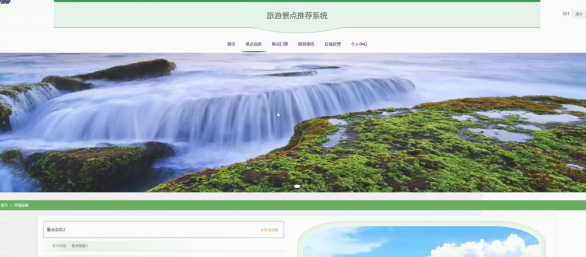
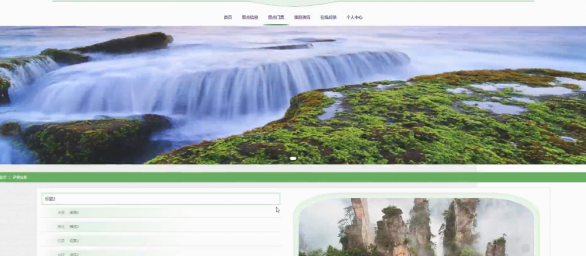
Back-end Admin Function Demonstration
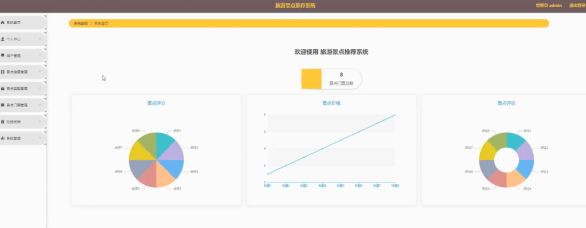
Welcome to Index Page
{% if current_user.is_authenticated %}
Hello, {{ current_user.username }}!
Logout
{% else %}
Login
{% endif %}
5. Related Works Showcase
Practical projects developed using Java, Python, PHP, C#, and other programming languages.
Frontend practical projects developed using Node.js, Vue.js, and other frontend technologies.
Works related to WeChat mini-programs and Android APP application development.
Applications based on 51 microcontroller and other embedded IoT devices.
AI intelligent applications implemented through various algorithms.
Data management and recommendation systems realized using big data technology.
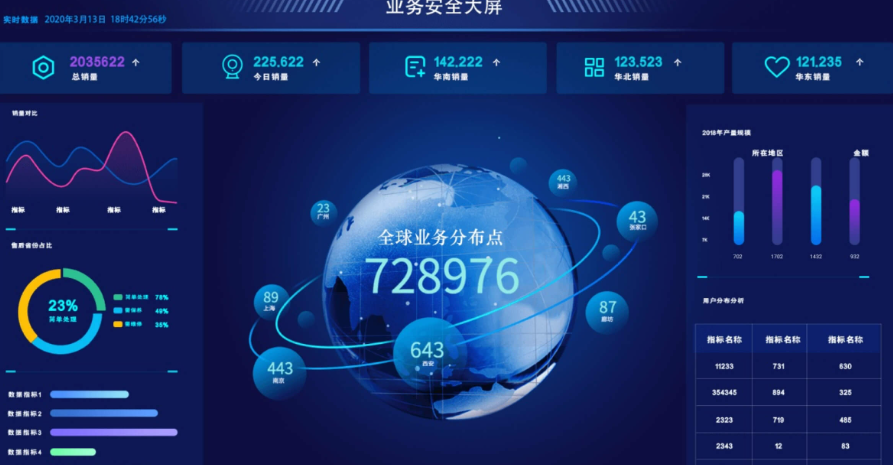

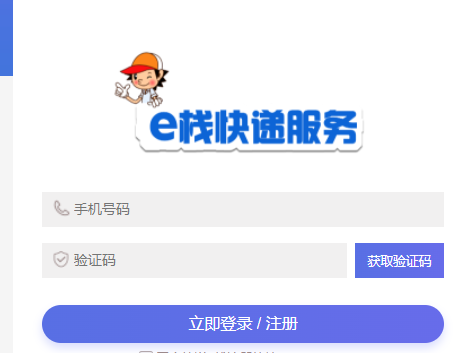

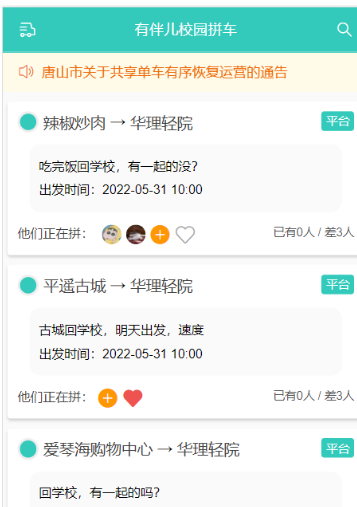

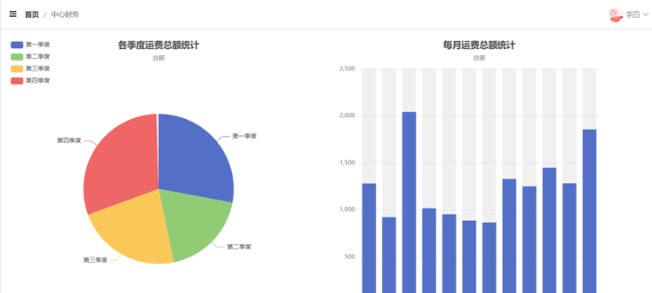
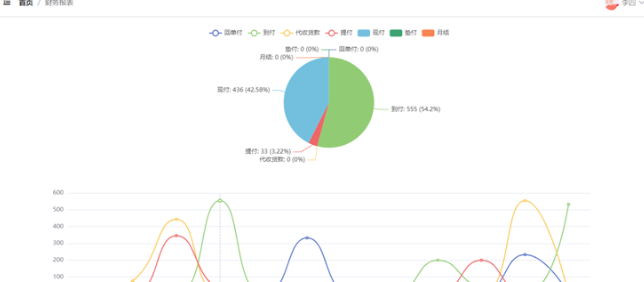
Leave a Reply
You must be logged in to post a comment.